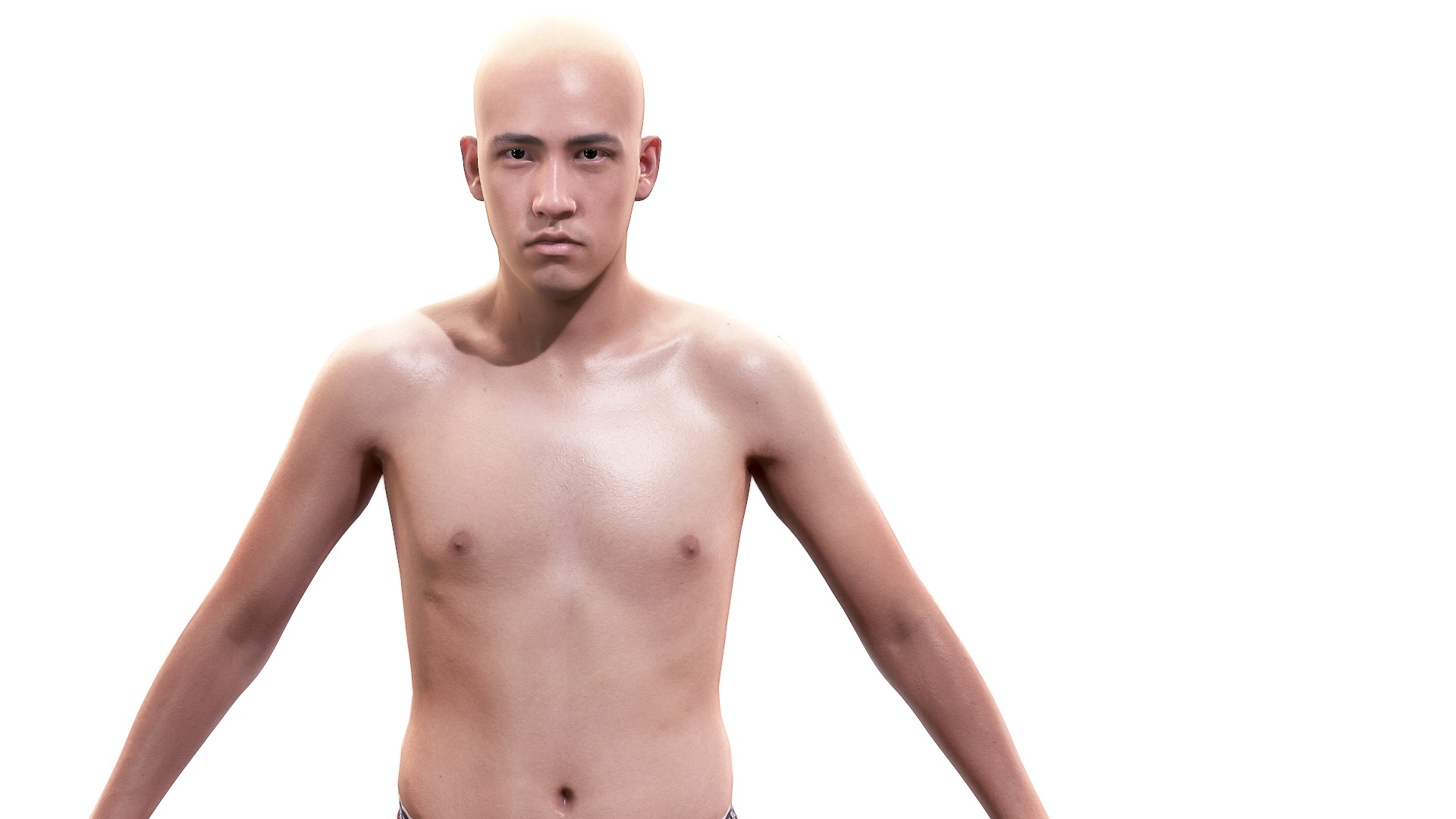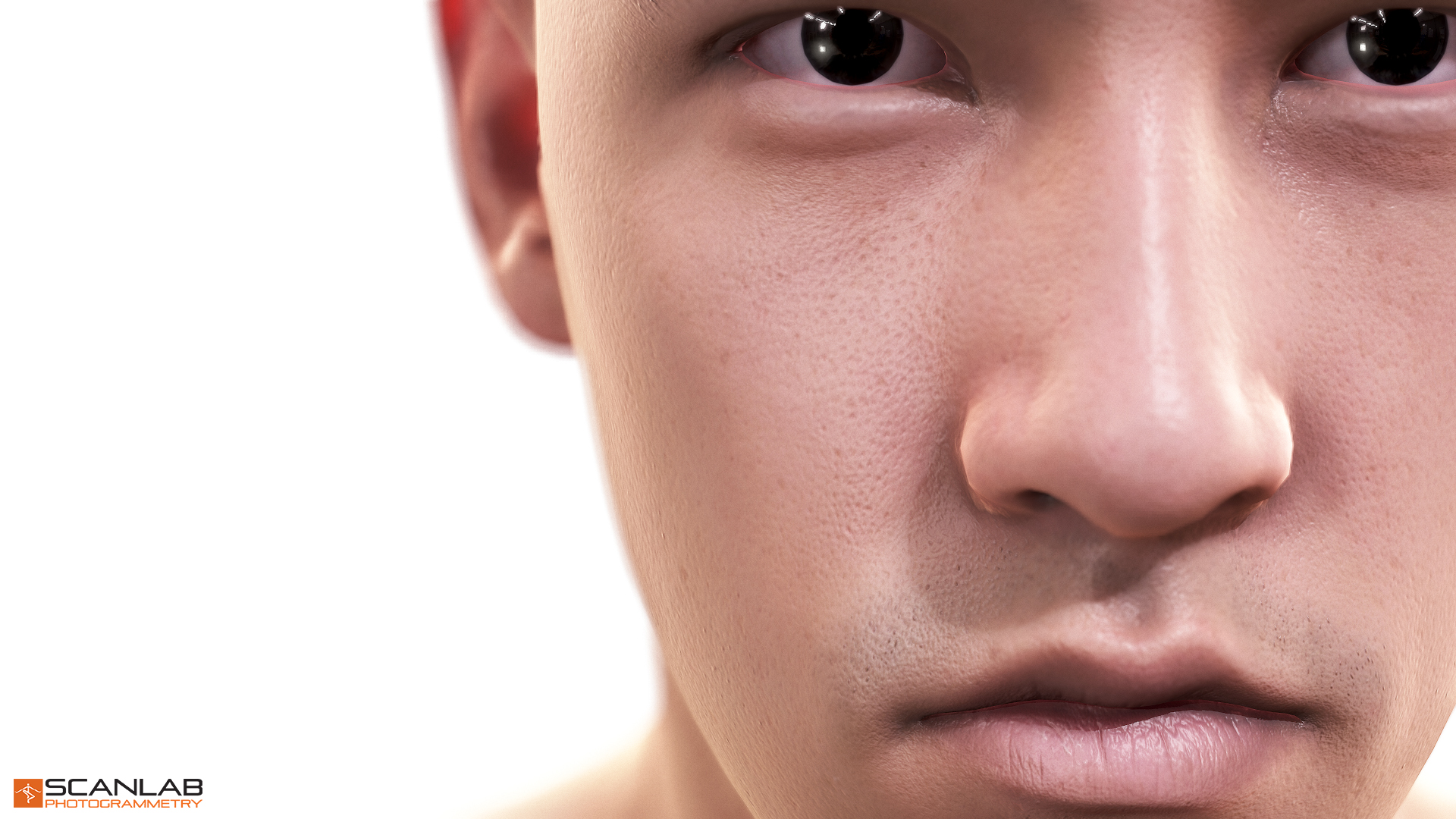
Muscle Deformers
Muscle Deformers
The third type of skin deformers and the most computation expensive system of shape control is the Muscle System. This type of deformer brings the most realistic results, due to its ability to slide geometrical skin over underlying muscles.
The way it works is that after placing bones inside the Geometrical skin, the artist needs to correctly and with anatomical accuracy place all muscles which the animal, creature or a human digital double must have in order to replicate the right look.
Anatomy books and other sources of reference material are essential at this stage. It is not that uncommon for sculptors who are really good at this type of work to practice dissecting their neighbour's favourite pets.
...

Muscle Volume Preservation
The main idea behind using a Muscle Systems when producing Digital Doubles is to make sure that the avatar's Volume is not being lost during skin its animation. The way to do this is through the use of a Volume Preserving Muscle Systems.
A number of approaches have developed to accomplish this task, but all of them produce different results and have different precision. The most basic one is a linear multiplication of a particular scale vector and most advanced one is the Finite Element Method or FEM.
Read more about FEM in our article on ZIVA and their line of products.
...
Skin Sliding
The secondary effect we are after when using a Muscle System is the skin sliding and skin friction controls.
The importance of this effect is in the way a muscle system stops certain areas of skin from moving when a boundary limit condition is reached. If this same effect can be combined with volume preservation then the resulting effect will be very hard to differentiate from a real.
These types of effects layered together are the current State-of-the-Art in Digital Double creation.
...
Muscle Simulation with Cloth
Muscle simulations can be done in a few different ways and one of them is using cloth to simulate under-the-skin muscle interactions with nCloth or other solvers available inside your 3D Application of choice.
This process is pretty straightforward and only requires a bit of patience while painting skin friction maps.
Volume preservation would happen automatically through the use of a muscle system itself.
...
If you have any wishes, suggestions or feel this article could be improved, please, do not hesitate to leave us your comments in the section below.
Best Regards,

Ruslan Vasylev
Founder
Professional 3D Modeler with 17 years of combined VFX and Games experience, managing Vancouver-based 3D Scanning Studio,
Servicing Visual Effects for Film, Television, Games and Virtual Reality production studios.